Combine distilled water with minerals like magnesium and calcium to make your coffee brewing water. Ensure correct proportions for optimal taste extraction.
Crafting the perfect cup of coffee transcends the selection of beans or the mastery of brewing techniques; it’s an art that starts with the very essence of the drink—water. Indeed, the quality of water used in brewing can significantly impact the flavor profile and overall enjoyment of your coffee.
Selecting The Right Water
Imagine crafting the perfect cup of coffee, right at home. Selecting the right water is essential. The secret to a delicious brew lies in the water’s profile.
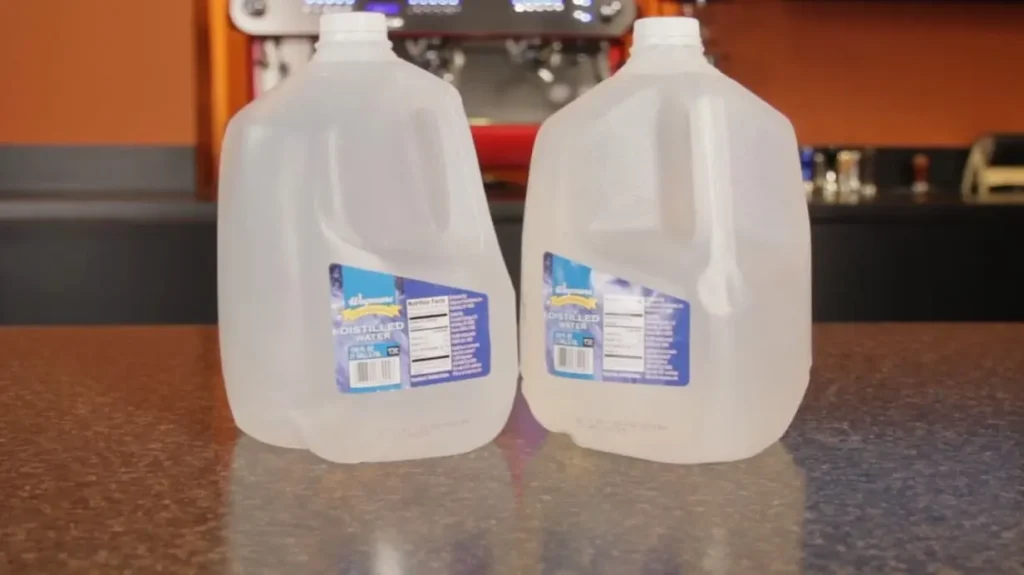
Understanding Water Profiles
Different waters have unique flavors and attributes. A water profile includes several factors that can change your coffee. Think about purity, pH level, and minerals. You want clean water without any impurities.
Mineral Content Impact
Minerals in water can make or break your coffee flavor. Not enough minerals and your coffee could taste flat. Too many, and it could turn bitter. Find the balance for a smooth, rich cup.
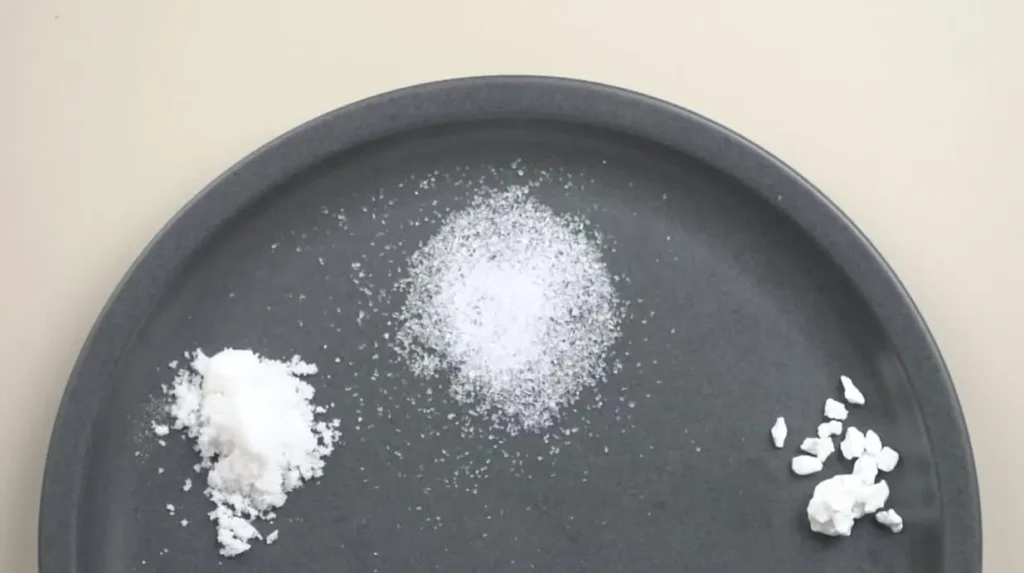
| Mineral | Effect on Coffee |
| Magnesium | Enhances flavor extraction |
| Calcium | Adds body and hardness to water |
| Sodium | Softens water, can be risky in high amounts |
Read Also: Why Coffee Tastes Bitter?
Water Filtration Options
Perfect coffee starts with perfect water. It’s about getting the right balance of minerals. Filtration options help achieve that. Dive into the specifics of charcoal and reverse osmosis systems below.
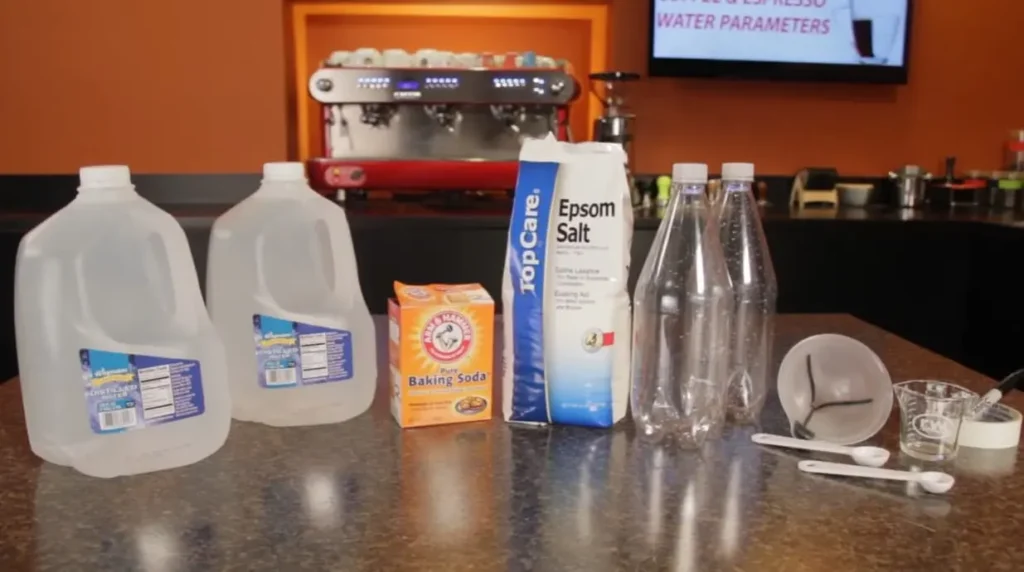
Charcoal Filtration
Charcoal filters are popular in water purification. They use activated carbon to remove impurities.
- Removes chlorine: Improves taste and odor.
- Simple to use: Just place them in water pitchers.
- Eco-friendly: Made from natural materials.
Reverse Osmosis Systems
Reverse osmosis (RO) systems provide thorough filtration. They squeeze water through a semipermeable membrane.
| Benefits | Considerations |
| Extracts a wide range of impurities | More complex installation |
| Closely controls mineral content | Requires periodic maintenance |
| Produces pure, clean water | Can waste more water than other filters |
RO systems are a great choice for coffee makers seeking precision. They ensure a consistent water quality.
Recommended Read: Can You Use Distilled Water For Coffee?
Adjusting Water Chemistry
Perfecting your home brew starts with understanding water chemistry. The water you use is as crucial as the quality of the beans. Let’s dive into how to tweak your water for the perfect cup of coffee.
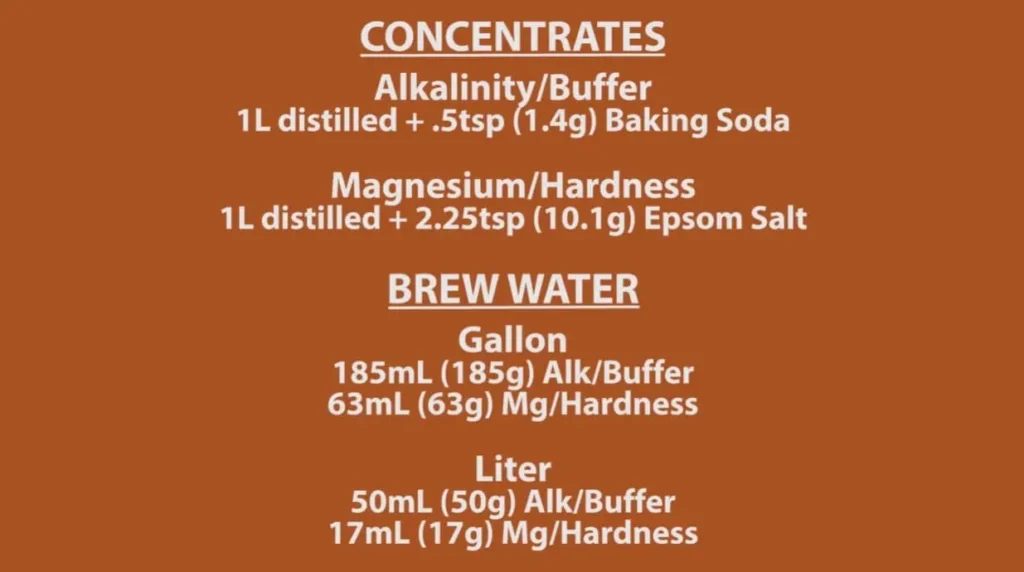
Balancing Ph Levels
Getting the pH level right is essential for a well-rounded flavor. Aim for pH levels between 6.5 and 7.5 for the best results.
- Test your water with pH strips or a digital tester.
- If the pH is too high, add a pinch of citric acid.
- For low pH, a small amount of baking soda will raise it.
Enhancing Alkalinity
Alkalinity supports the coffee flavors to shine. It acts as a buffer against acidity.
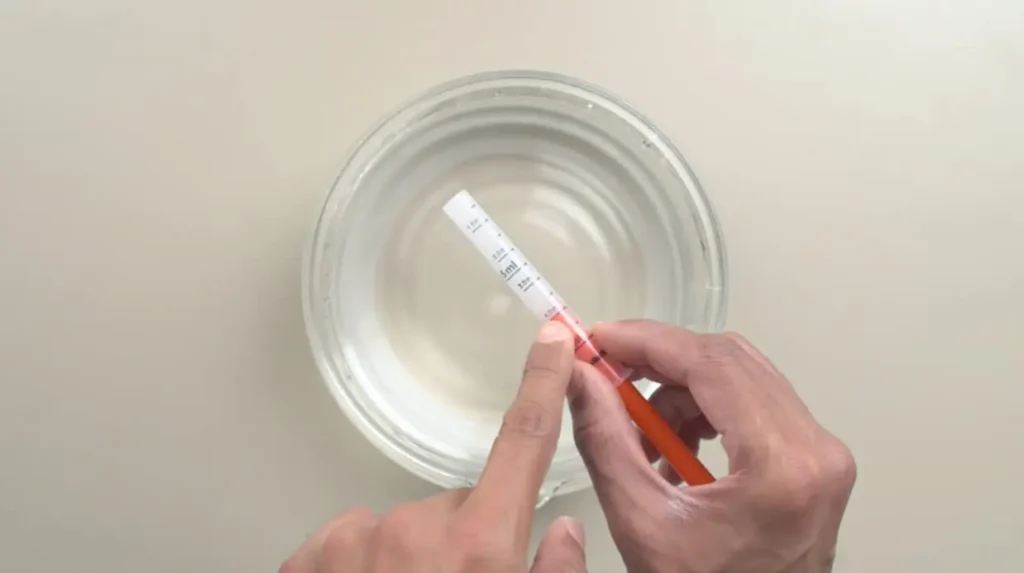
Enhance your brewing water’s alkalinity by:
- Adding calcium carbonate in small doses.
- Mixing to dissolve completely before brewing.
| pH Level | Adjustment Required |
| Below 6.5 | Baking soda |
| Above 7.5 | Citric acid |
Recommended: How To Reduce Acid In Coffee
Experimental Additions
Beyond filtration and mineral balance, water can be a canvas for creative flavors. Let’s dive into experimental additions to elevate your coffee experience.
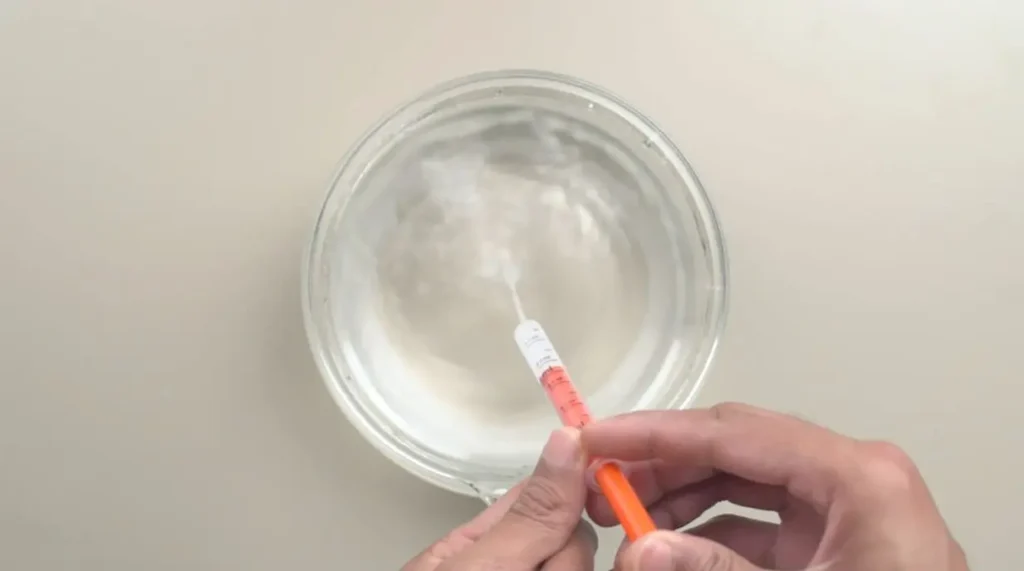
Infusing Flavors
Transform your coffee water into a flavor elixir. Begin with a clean base of distilled water. Add minerals back with magnesium and calcium salts for optimal extraction. Here’s a simple method to introduce subtle notes of taste to your morning ritual:
- Start with a liter of your mineral-balanced water.
- Choose your infusion: Cinnamon sticks, cocoa nibs or vanilla pods offer rich dimensions.
- Allow ingredients to soak overnight, ensuring flavors fully integrate into the water.
- Sieve out the infusions before brewing to avoid clogging your coffee maker.
Use a sealed container for the infusion process. This preserves the integrity of both flavor and aroma within your water.
Incorporating Aromatics
Aromatics in coffee can be a game-changer. These contribute not just to flavor but to the overall sensory experience. Introducing aromatics requires a deft touch. A few ideas:
- Citrus peels: A small piece of lemon or orange peel can brighten your cup.
- Lavender or jasmine flowers: For a floral hint, float a few buds in the water pre-brew.
- Fresh herbs: Rosemary or mint leaves work wonders when steeped for a short time.
Remember, less is often more with aromatics—overpowering your coffee’s natural flavors is a risk. Experiment with quantity and steeping time to find your perfect match.
Testing And Tasting Brew Water
It’s about fine-tuning your water to bring out the best in your beans. Take your home brewing to the next level by learning how to evaluate and adjust your water for the ultimate cup of coffee.
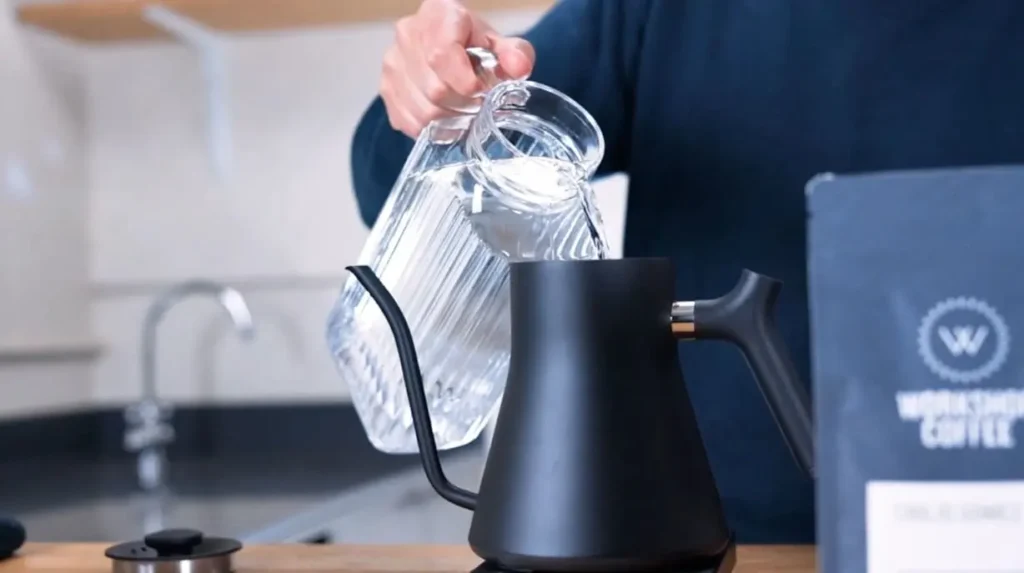
Comparing Brewing Results
Start by brewing your coffee with different water recipes. Use the same coffee grounds for consistency. Observe the color, aroma, and flavor profile of each brew. Here’s how to compare:
- Color: Look for vibrancy and richness.
- Aroma: Sniff for notes that are either enhanced or subdued.
- Taste: Sip and note the acidity, sweetness, and aftertaste.
| Water Recipe | Color | Aroma | Flavor |
| Recipe A | Rich Brown | Floral | Well-balanced |
| Recipe B | Dull Brown | Muted | Flat |
Refining Your Water Recipe
Once you’ve tasted different brews, tweak your water recipe. Balance minerals like calcium and magnesium to affect flavor extraction. Here are steps to refine:
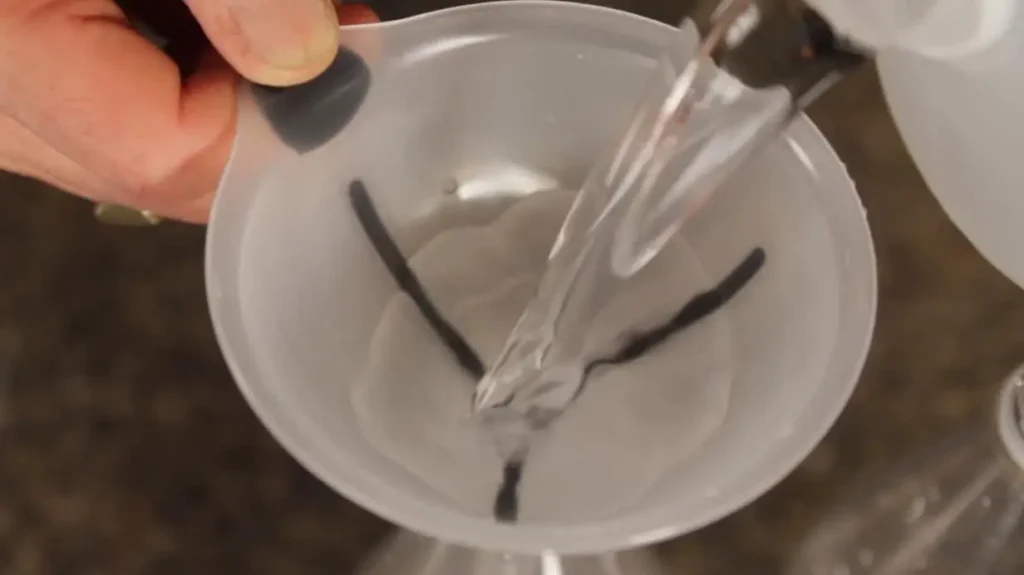
- Measure: Use precise amounts of minerals.
- Mix: Dissolve minerals thoroughly.
- Test: Brew and taste again.
Keep adjusting until your coffee tastes just how you love it. Document each change and the resulting flavor. This method helps you arrive at your perfect water recipe.
Remember: The goal is a water blend that elevates your coffee’s unique profile and delights the taste buds.
Conclusion
Crafting the perfect coffee starts with exceptional water. By taking the steps to create your own brewing water, you elevate each cup. It’s a simple, yet impactful, way to enhance your daily ritual.
So why wait? Start experimenting with your water today and taste the difference in your next brew. Cheers to a better cup of coffee!
A. I. Moon
A.I. Moon, an experienced SEO Pythonista, spends his days coding and developing web applications to help business owners. A passionate coffee enthusiast, he believes that drinking coffee fuels his creativity and productivity. His day isn't complete without the rich aroma and invigorating warmth of a perfectly brewed cup. This love for coffee inspired him to found EspressoRivo, a platform dedicated to sharing his coffee knowledge and fostering a community of passionate aficionados.





